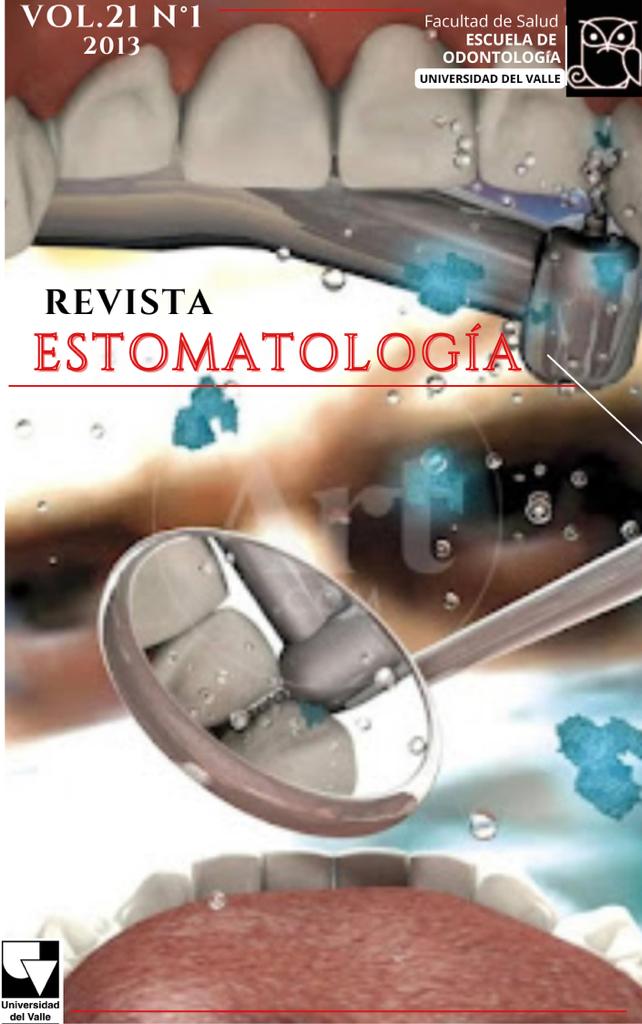DNA concentration and purity of blood samples stored in whatman FTA paper between 1 to 3 years
Main Article Content
SUMMARY
Introduction: Whatman FTA is an alternative
to transport and store different
types of samples and optimizes the time,
storage space and costs. For many years
this method was used routinely and many
medical samples were stored for long periods
of time.
Objective: To determine the effect of storage
time of blood samples on Whatman
paper on the DNA concentration.
Materials and methods: One hundred and
ten peripheral blood samples on filter paper
were kept for a period of one to three
years. These samples were kept as part of
ECLAMC program. DNA extraction was
performed by means of ion exchange resins
(Chelex-100®). And verified by PCR
amplification of GAPDH gene. NanoDrop
quantified DNA on each samples.
Results: The storage time was differential
with a range of 520-1135 days. DNA concentration
varies from0.81ng/uL to 5.54ng/
uL. The 260/280 ratio ranged from -5.22 to
14.17nm. The ratio 260/230 is provided in
a range from 0.27 to 1.39nm.
Conclusion: A decrease in concentration
in the sample of DNA (ug / uL) represents
a negative change in the expected value in
the storage time.
Key words: Dried blood spot testing, DNA
degradation, PCR technique, gene amplification.
Downloads
Los autores/as conservan los derechos de autor y ceden a la revista el derecho de la primera publicación, con el trabajo registrado con la licencia de atribución de Creative Commons, que permite a terceros utilizar lo publicado siempre que mencionen la autoría del trabajo y a la primera publicación en esta revista.

